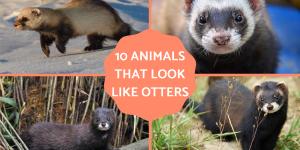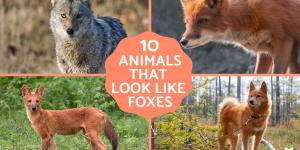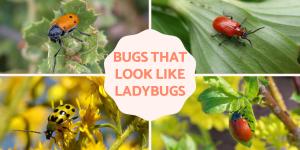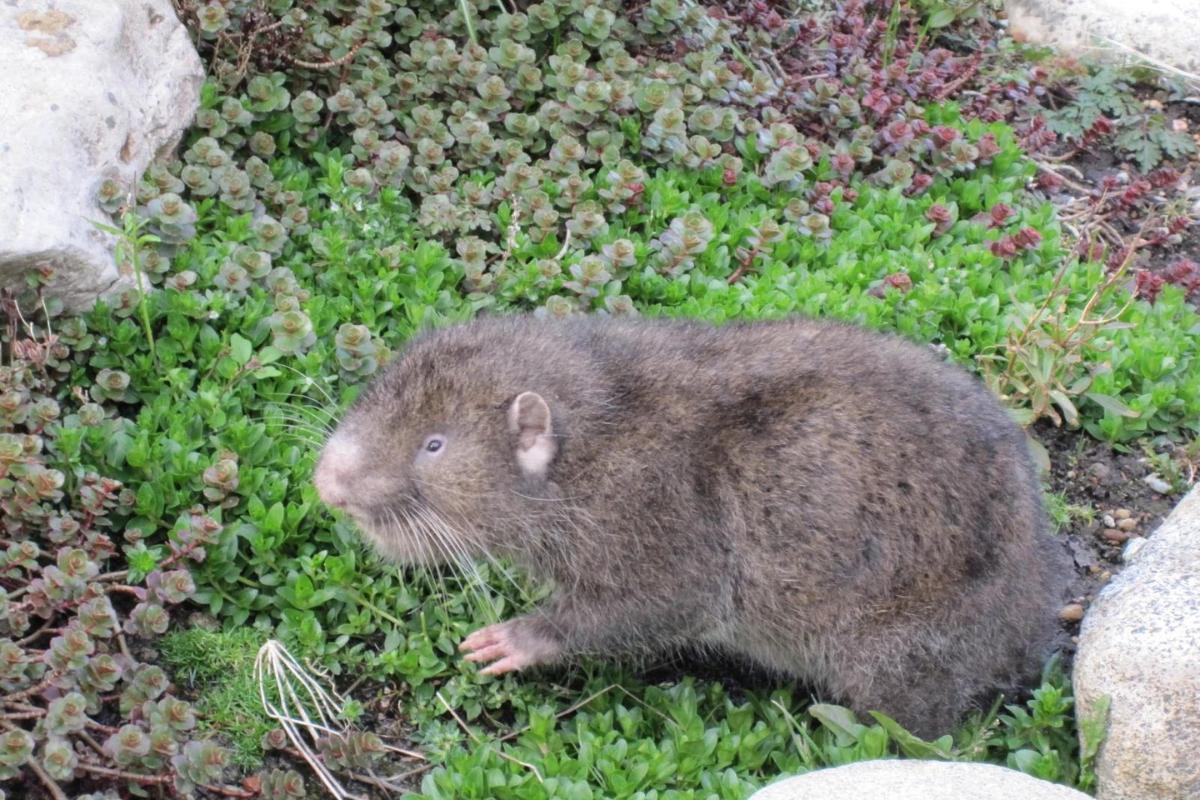Animals That Look Like Beavers

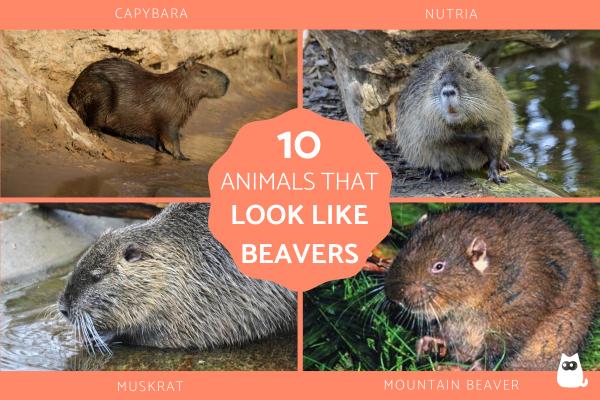
Beavers have some of the most interesting morphological features of all mammals. There are two beaver species of the genus Castor, the North American beaver (Castor canadensis) and the Eurasian beaver (Castor fiber). Although they vary slightly in size and other features, they are very similar. While some other mammals may have a slightly widened tail used for swimming, none are quite as wide, flat and scaly as that of the beaver. Other features such as their large front teeth, coarse hair and dexterous hands are distinct in the beaver, but there are beaver-like animals that share similar traits. We share 10 animals that look like beavers at AnimalWised. We see what species are similar to beavers in appearance, providing relevant facts and photos to learn more.
- Capybara (Hydrochoerus hydrochaeris)
- Lesser capybara (Hydrochoerus isthmius)
- Oriental Basin pocket gopher (Cratogeomys fulvescens)
- Camas pocket gopher (Thomomys bulbivorus)
- Nutria (Myocastor coypus)
- Common muskrat (Ondatra zibethicus)
- Crested porcupine (Hystrix cristata)
- Mountain beaver (Aplodontia rufa)
- North American river otter (Lontra canadensis)
- Brush-tailed porcupines (genus Atherurus)
Capybara (Hydrochoerus hydrochaeris)
The capybara or greater capybara (Hydrochoerus hydrochaeris) is the first of our beaver-like animals. It should not be so surprising that they share similarities in appearance since the capybara is the largest type of rodent in the world, with the beaver following closely in the second position. They do not share the same habitats. Although both are endemic to the Americas, the beaver is found in North America while the capybara is from South America.
Capybara are found in countries such as Argentina, Bolivia, Brazil, Colombia, Ecuador, Guyana, Paraguay, Peru, Uruguay and Venezuela. Like the beaver, they are associated with water and lives near swamps, estuaries, rivers and streams. Although the capybara is larger and heavier than a beaver, young individuals can match these physical characteristics. They also both have a reddish-brown coloration in the coat.
Learn about why this animal should be kept in the wild with our article which discusses keeping a capybara as a pet.
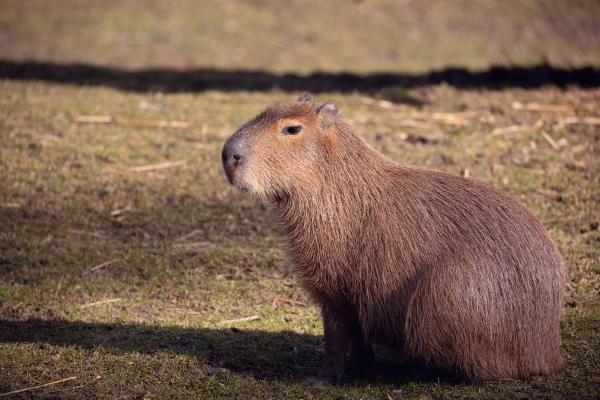
Lesser capybara (Hydrochoerus isthmius)
Previously considered a subspecies of the greater capybara, the lesser capybara is now considered a species of its own. While they do not have the tail of a beaver, like the other member of their genus, the lesser capybara is also very similar to the beaver. Their distribution is more limited than the greater capybara, being known to inhabit parts of Panama, Colombia and Venezuela. It is also associated with bodies of water and is a highly social animal.
Although it looks quite similar to the other species of capybara (see photos for comparison), its size is smaller. Reaching up to about 62 lb (28 kg), they are closer in size to beavers. Its classification in terms of conservation is unknown due to a deficiency of data. Like the beaver, it is known to have been hunted for both their pelts and as a food source. Habitat alteration is another threat to this beaver-like animal.
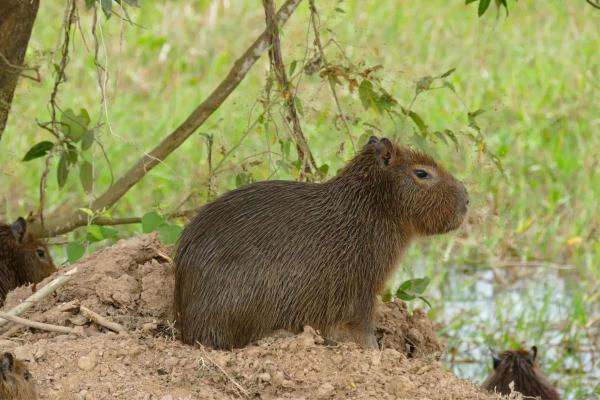
Oriental Basin pocket gopher (Cratogeomys fulvescens)
The Oriental Basin pocket gopher (Cratogeomys fulvescens) is a type of gopher, a burrowing rodent. This is unlike beavers which are semi-aquatic and are not known to tunnel extensively. Despite their name inferring they are from Asia, this gopher is actually endemic to the Libres-Oriental Basin of Mexico. It develops in grasslands, as well as in pine and oak forests.
There are marked differences between this gopher and a beaver. For example, these rodents are comparatively small, weighing not much more than a pound in weight. They have a yellowish-brown coat, unlike the reddish coat of the beaver. However, they do bear a resemblance to the beaver in other ways, especially their buck-toothed face. Its conservation status is of ‘Least Concern’.

Camas pocket gopher (Thomomys bulbivorus)
Another type of pocket gopher, the camas pocket gopher (Thomomys bulbivorus) is also known as the camas rat. It is the largest species within its genus and is endemic to the United States of America. It lives in open plains, dry scrub lands, weedy fields and areas with a lot of clay. This is very much unlike the beaver which needs to live near to a body of water.
Males are slightly larger than females. The upper coat is brown and turns dark gray as it reaches the underside. Seen in the photo below, their teeth resemble that of the beaver and are one reason they may be confused with each other. Unlike the beaver, they use their teeth for burrowing in the often hard clay commonly found in their habitat.
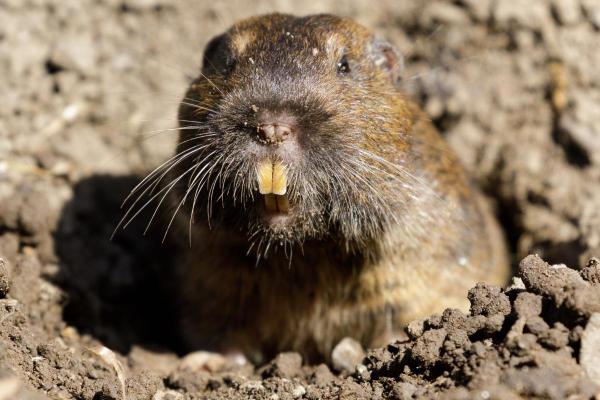
Nutria (Myocastor coypus)
Also known as the coypu, the nutria (Myocastor coypus) has a somewhat controversial taxonomy, like many of the animals that look like beavers. They are native to South America, being found in Argentina, Bolivia, Brazil, Chile, Paraguay and Uruguay. Although not endemic to these areas, they have been introduced to North America, Asia and Europe where they have become an invasive species. This can be problematic for rival animals such as the beaver.
The tail of the nutria is thick and long, unlike the flat, paddle-like tail of the beaver. Apart from this, the two mammals are remarkably similar. Their fur is soft and dense, often being reddish brown like the beaver. Like the otter, they have webbed feet which enable them to better navigate their semi-aquatic habitats. They build complex burrows near bodies of water. It is classified as being of ‘Least Concern’.
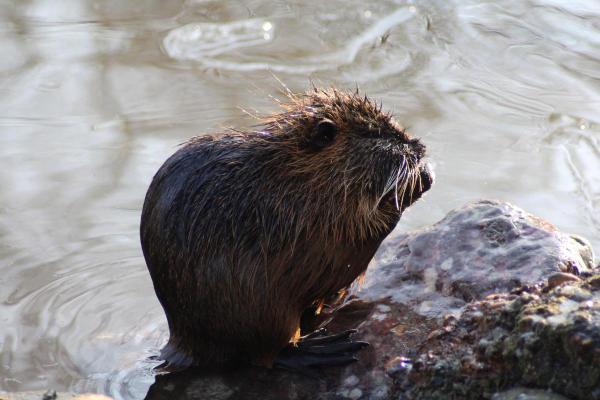
Common muskrat (Ondatra zibethicus)
Along with the nutria, the muskrat (Ondatra zibethicus) is perhaps the animal that most looks like a beaver. They are a type of rodent native to Canada and the United States. Also like the nutria, they have been introduced to other parts of America, Asia and Europe where it too has become an invasive species. As with the beaver, they are semi-aquatic animals that live near lakes, rivers, streams, ponds, freshwater marshes and brackish marshes.
This beaver-like animal digs burrows that can only be reached below the water, but are above the water level inside. Like the beaver, they have a similarly dense fur is dense which is used to insulate it from the often very cold water. The hind legs are somewhat webbed and the tail is flat and thick, although not paddle-like as with the beaver. We can clearly see the resemblance to the beaver in the photo provided below.
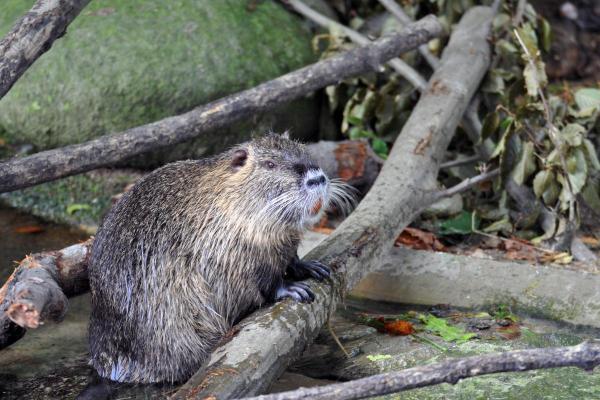
Crested porcupine (Hystrix cristata)
If you look at its photo below, you will clearly see that the crested porcupine (Hystrix cristata) has key differences to the beaver. Perhaps most noticeable is the long spines on their back which they use for self-defense. Also known as the African crested porcupine, they are indeed native to the African countries of Algeria, Cameroon, Ethiopia, Ghana, Nigeria, Tanzania and Uganda. It lives in scrubland areas, dry forests and wooded savannahs.
Despite their differences, we can see marked similarities to the beaver in their facial shape, feet, fur and other features. In fact, the crested porcupine looks as if it is a beaver festooned with white keratinous spines. Despite being large, they are generally a little smaller than the beaver. Their color is usually darker than the beavers, except for their white quills.
While they have many similarities, you can learn about the differences between porcupines and hedgehogs in our related guide.

Mountain beaver (Aplodontia rufa)
The mountain beaver (Aplodontia rufa), is another type of rodent native to Canada and the United States that also looks like a beaver. They live in humid forests and wooded thickets where it builds tunnels near bodies of water. It is much smaller than the beaver, but they have similarly dexterous paws.
The conservation status of these beaver-like animals is of ‘Least Concern’. Although they spend most of their time in and around their burrows, they are also able to climb trees. This is not a common behavior in beavers.
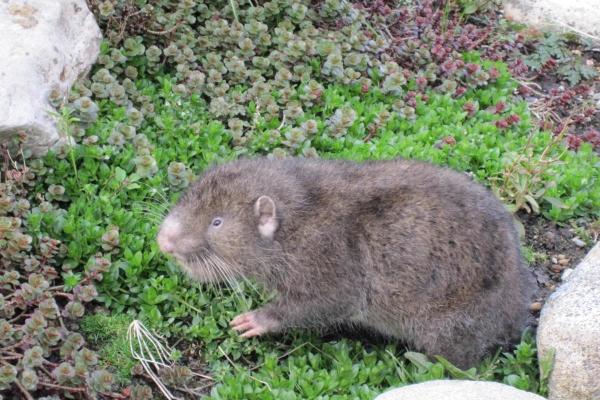
North American river otter (Lontra canadensis)
The North American river otter (Lontra canadensis) is naturally native to Canada and the United States. Despite their wide population distribution range, factors such as hunting and habitat loss have resulted in their extinction in some parts of the continent. Reintroduction programs have been established to help their numbers increase with some success.
As with all types of otter, they are a semi-aquatic mammal. They live near freshwater bodies of water such as rivers, lakes, marshes and other areas. They are known to tolerate coastal areas if they are in search of food. Like beavers, they have dexterous webbed feet which are used for swimming and manipulating objects. They build dens which are accessed under water, but the inside is above water level.
Being a mustelid, their face is quite different from that of a beaver. However, their thick fur, strong tails and streamlined bodies give them certain similarities which make it easy for them to glide through the water.
Discover the other types of mustelids in our related guide.

Brush-tailed porcupines (genus Atherurus)
Brush-tailed porcupines are two species that belong to the genus Atherurus, one being native to Africa and the other to Asia. They live in forests and jungles. They use the burrows of other animals which they appropriate for their own purposes. They are the last on our list of animals similar to the beaver. Being rodents, they have some similarities with beavers. Their color is brown, although the body is full of the quills typical of porcupines. Both species are classified as ‘Least Concern’.
Now we know the animals that look like beavers, we might want to explore the similarities between other mammalian species. You can do so with our articles on the animals that look like skunks and animals that look like otters.

If you want to read similar articles to Animals That Look Like Beavers, we recommend you visit our Facts about the animal kingdom category.
- Myers, P. (2000). Castoridae. Animal Diversity Web. Retrieved from: https://animaldiversity.org/accounts/Castoridae/
- IUCN. (2024). The IUCN Red List of Threatened Species. Version 2023-1. Retrieved from: https://www.iucnredlist.org/search?taxonomies=101537&searchType=species

